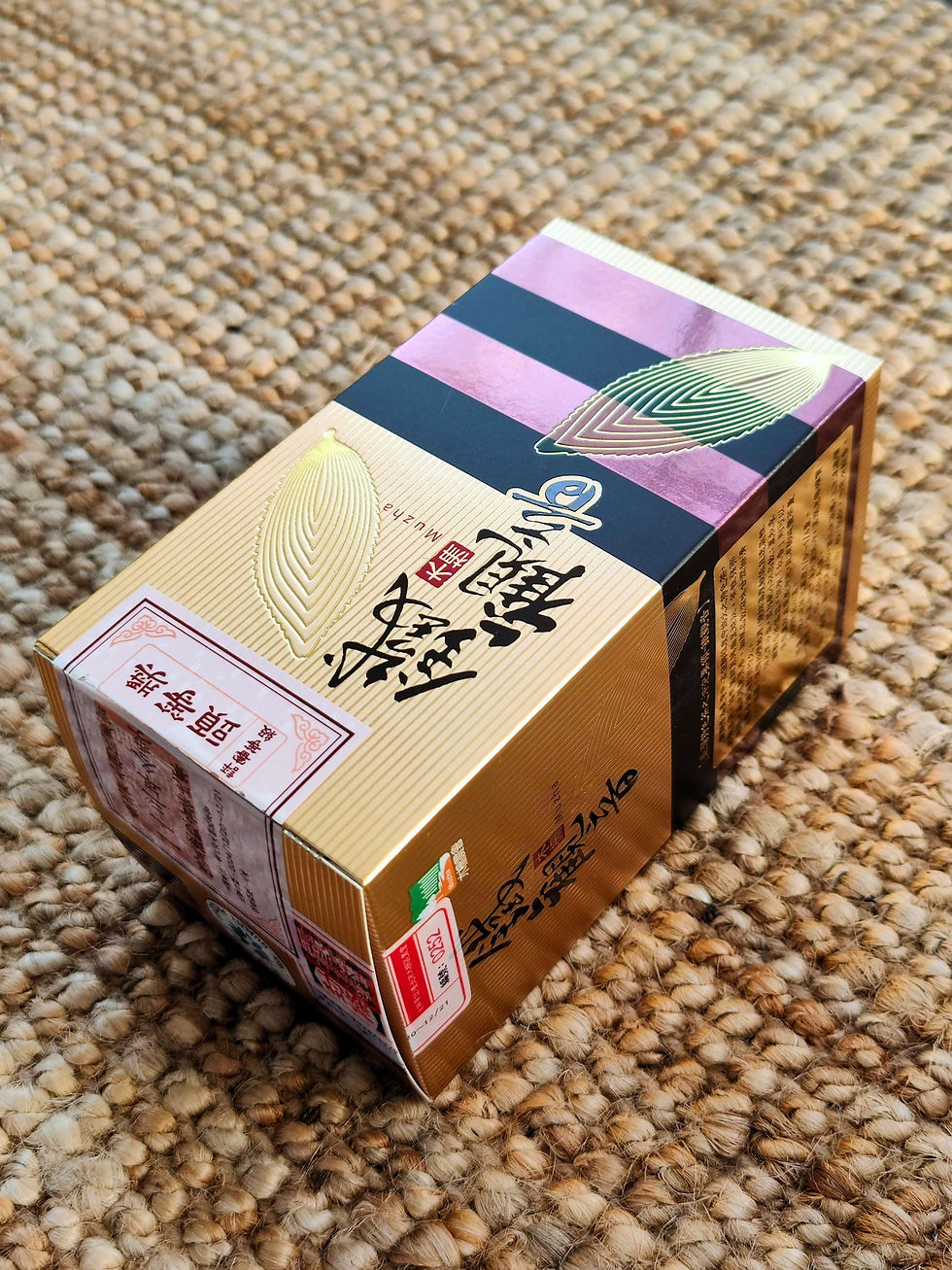Books & Tea: Invisible Cities by Italo Calvino
- Ilja Aviarjanau

- Mar 13, 2023
- 2 min read

Tea and books go hand in hand. They have the power to transport us to different worlds and evoke a wide range of emotions. They can be both comforting and invigorating, and they offer endless opportunities for exploration and discovery. I am looking forward to sharing my reads with you in this rubric, starting with this short but unusual book.
"Invisible Cities" is a short novel by Italian author Italo Calvino, first published in 1972. The book takes the form of a conversation between Marco Polo and the Yuan emperor Kublai Khan, in which Polo describes a series of imaginary cities he has visited on his travels. In truth, Polo is telling different stories about the same city: Venice. Through Polo's descriptions, Calvino creates a lyrical and fantastical world of cities that exist only in the mind. Each city represents a different concept or emotion, such as desire, memory, death. Each story is like a zen kōan (A statement to be contemplated and train the reader's mind). The stories are held together by pieces of narrative that happens between Marco and Kublai. The book has a dreamy, surrealistic feeling to it, with many impossible elements, a romanticized allusion to Buddhism.

The "Marco Polo" in the book often talked about naked women, which kept distracting me from the "philosophical" of the story😅 by being somewhat obnoxious. The public's perception of Polo's status in the Great Khan's court is exaggerated (Thanks to Polo himself), and this book feeds into this trend, which would be fine for the sake of the dreamy atmosphere it is going for, but what kept throwing me out of that atmosphere were the mentions of airplanes, modern plumbing and other anachronisms, which Marco clearly didn't see during his travels, but which are also not fantastical compared to other things that happen in the stories.
I find Master Ruby to be a very fitting tea for this story, with its alluring honey boldness and the unusual spice that is especially noticeable when steeped in a ceramic vessel instead of clay. On the picture, you can see the travel gaiwan set I like to use. It's cheap, small and very convenient to transport. ⠀



